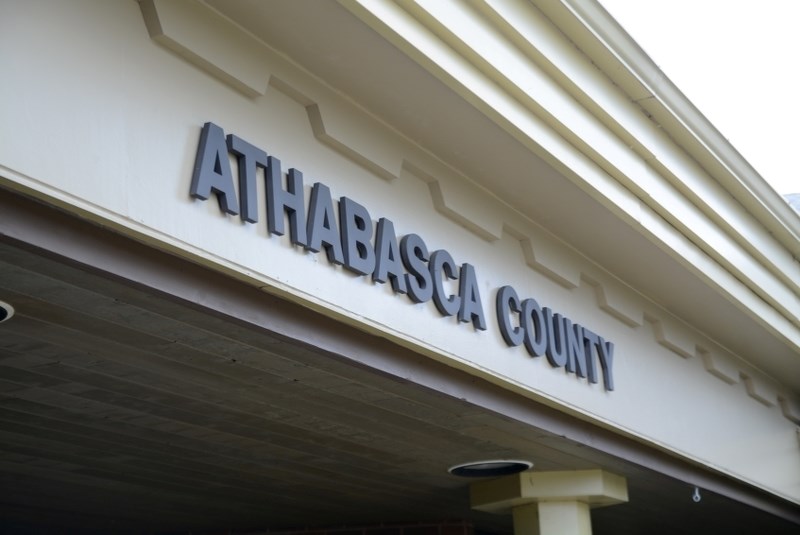ATHABASCA — The ongoing debate over water rates in Athabasca County resurfaced at the March 14 council meeting, where councillors verbally sparred over a report provided by administration that broke down the costs of maintaining the municipality’s water and wastewater system.
Council ultimately voted 5-4 on a motion to accept the Water Rates Breakdown and Efficiencies report for information.
The report was the result of a motion that had been made at the Jan. 26 council meeting directing administration to review all rates and formulas in correlation to the Water Rates bylaw, develop a breakdown of what makes up the county’s costs, and to bring it back for the March 14 meeting.
The report states that, on average, it has cost the county an average of $832,172 annually over the past seven years to provide water services, while sewer services have cost an average of $168,841.
The biggest expense associated with both systems is purchasing water from the Athabasca Regional Water Services Commission, which cost the county $473,954 on average.
The report notes that greater efficiencies in the utility department could be achieved through economies of scale, such as spreading the costs out over more users.
Increased water sales would allow for greater economies of scale, so increasing users would be a viable strategy for decreasing costs.
The report further states that Athabasca County expects to sell 92,000 cubic metres of water in 2023.
After asking a number of questions about specific expenses, Division 8 Coun. Rob Minns questioned why the county was charging users at the truck fill $9 per cubic metre when the expenses associated with the truck fills only came out $8,195 annually.
Acting chief administrative officer Christa Wilkinson encouraged Mins to look at the system as a whole, noting that the truck fills wouldn’t exist without the rest of the infrastructure.
Mins said that made sense in one respect, but he still objected to dropping water rates for residential users and increasing the rates charged to the haulers utilizing the truck fills.
“From my own point of view, that was a real slap (in the face to those users),” he said.
After agreeing with Mins’ comments, Division 6 Coun. Gary Cromwell indicated the motion that was made at the Jan. 26 meeting called on administration to provide a dollar-by-dollar breakdown of how they came up with the water rates.
“I don’t feel that this report has lived up to the motion that was made and does not provide the information that I think we required at this time,” he said.
Deputy reeve/Division 3 Coun. Ashtin Anderson, who made the motion to accept the report, said council had asked for an understanding of how the water rates were achieved, and based on what he had read, the math seemed pretty simple to him.
He suggested that councillors were “splitting hairs” over the exact costs of providing water via the truck fills, especially since roughly a third to one-half of the water provided through those truck fills were to users from outside of the county.
“I find this to be more than adequate in terms of the explanation (provided by administration),” he said.



